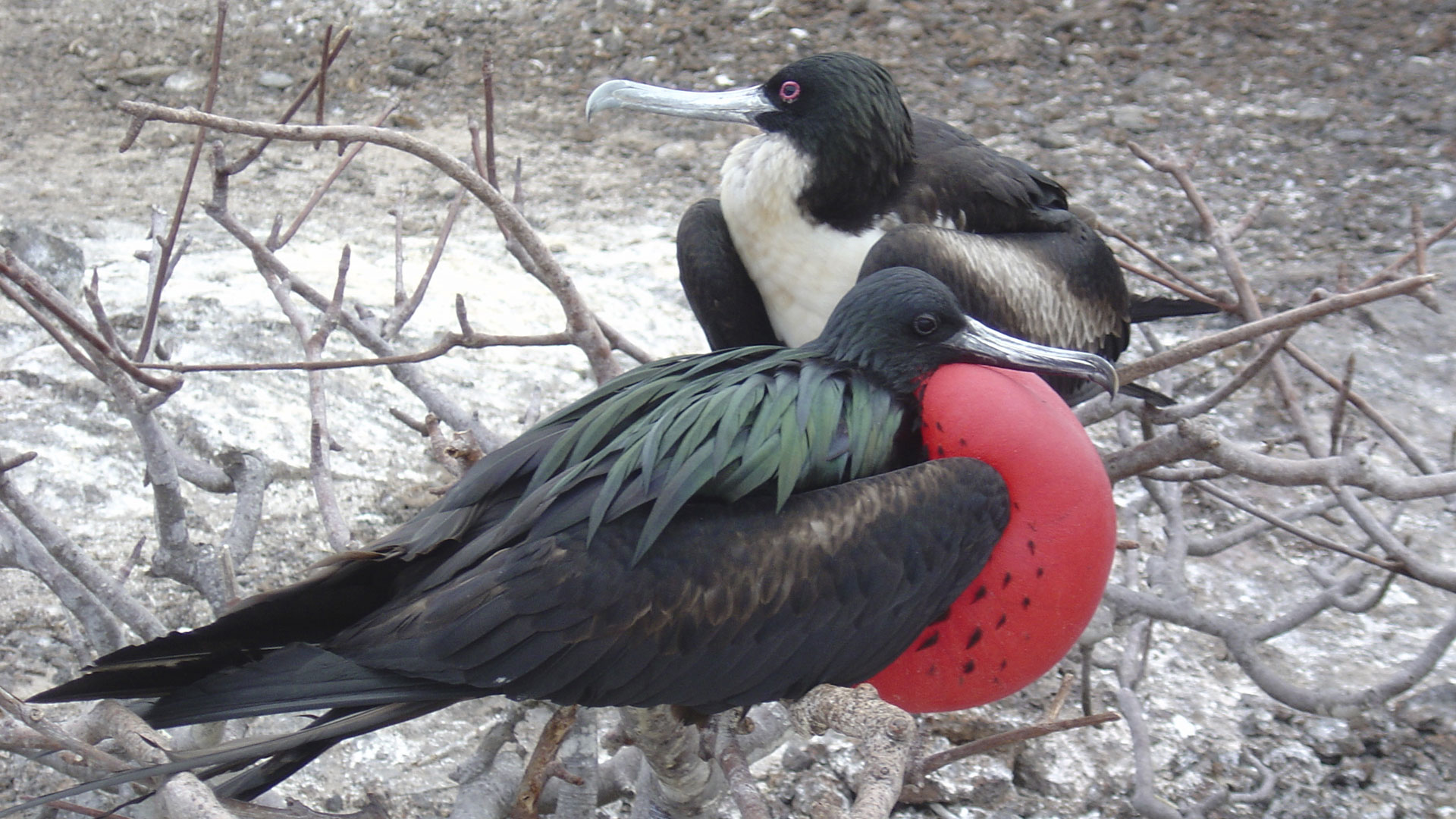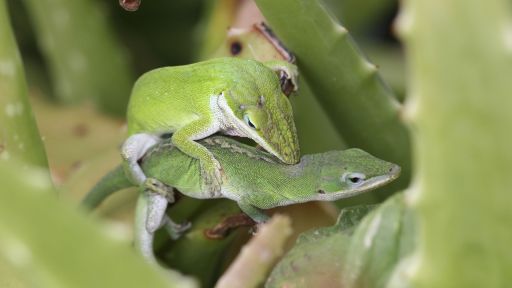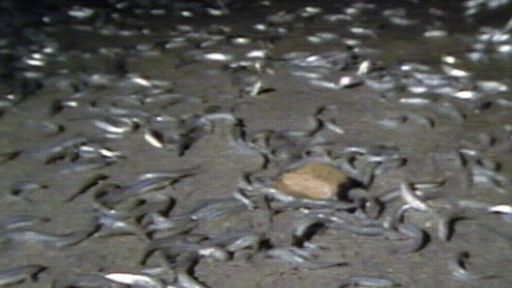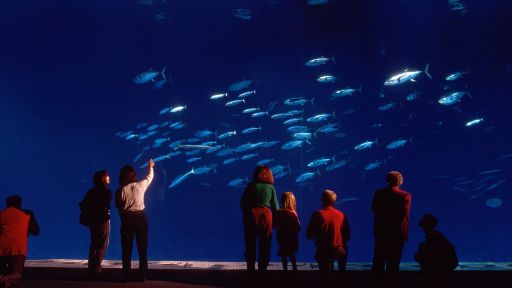
There is nothing more romantic than a moonlit night. So goes many a love song. But for animals from bat rays to wriggling, seagoing palolo worms, the moon is more than a romantic backdrop — it’s a key signal that the time has come to mate.
Such sexual signals are the focus of A TIME AND A PLACE, Part 2 of NATURE’s THE NATURE OF SEX. From the changing phases of the moon to subtle chemical surges, the program outlines the many cues that trigger sexual activity. Indeed, without these landmarks, many animals would send their newborns into the world at the wrong place and wrong time, with little chance of survival.
Consider the Pacific grunion, for instance. Each spring, millions of these little fish fling themselves up onto Pacific beaches to deposit their eggs in the wet sand. But they don’t choose just any night for sex. They ride the spring tide, one of the highest tides of the year, when the moon’s pull is the strongest. The choice ensures that there will be enough big waves to get back to the ocean — and that their eggs will be high enough on the beach to be out of reach of scavenging fish. Arrive a few days early or late, and both fish and eggs will perish. The moon, however, isn’t the only sexual timepiece. The sun is also an important trigger. Many mammals become amorous during the lengthening days of spring — a sign that warm weather is coming, and with it adequate food supplies for their offspring. But for other animals, rain is the most important romantic event. Darkening skies and heavy drops, particularly in the arid plains of Africa, mean that there will soon be enough grass to feed young gazelle and other browsing animals. Not surprisingly, predators such as jackals time their births to arrive at the same time, using the easily captured baby browsers as food for their own young.
Other signals are produced by the animals themselves. Many insects and mammals, for instance, produce chemicals called pheromones, subtle perfumes used to attract the opposite sex. Others change color, shape, or grow special body parts, such as sharp, curled horns, to signal that they are ready to reproduce. Indeed, few sights are more impressive than a bird in colorful breeding plumage, or a fish that has turned as bright as a neon sign to attract a mate. Now, all they need is a nice, romantic, moonlit night . . .











